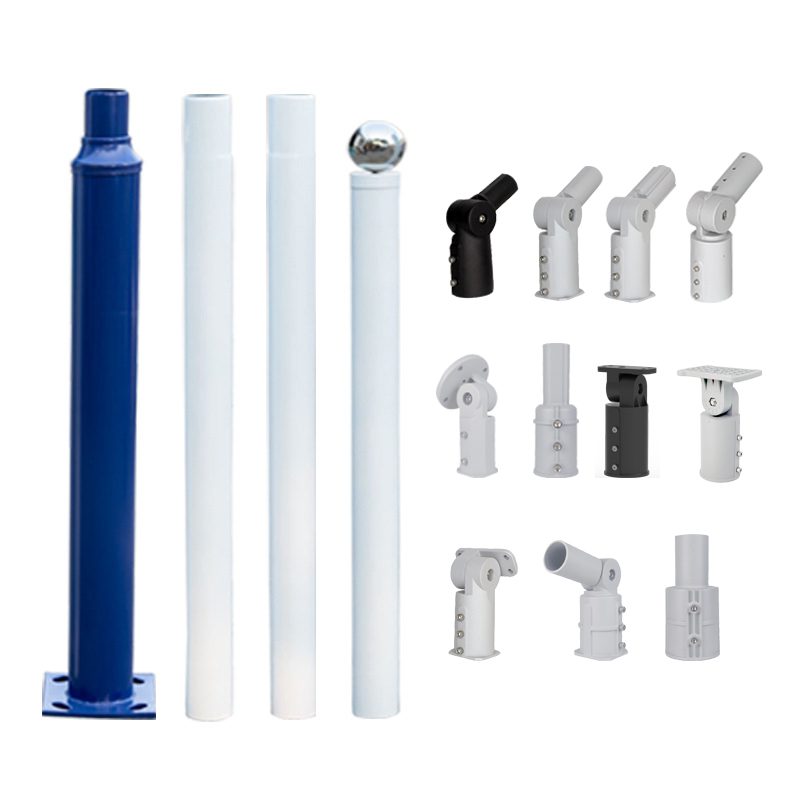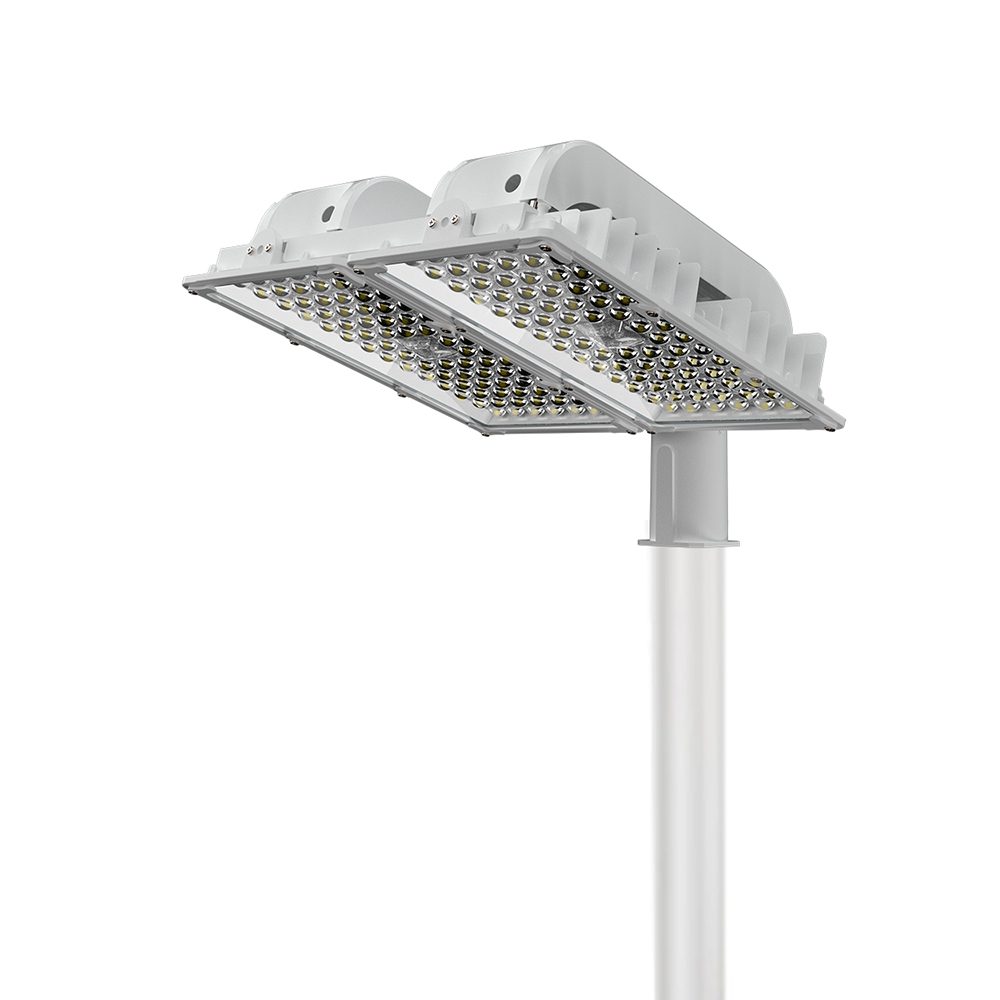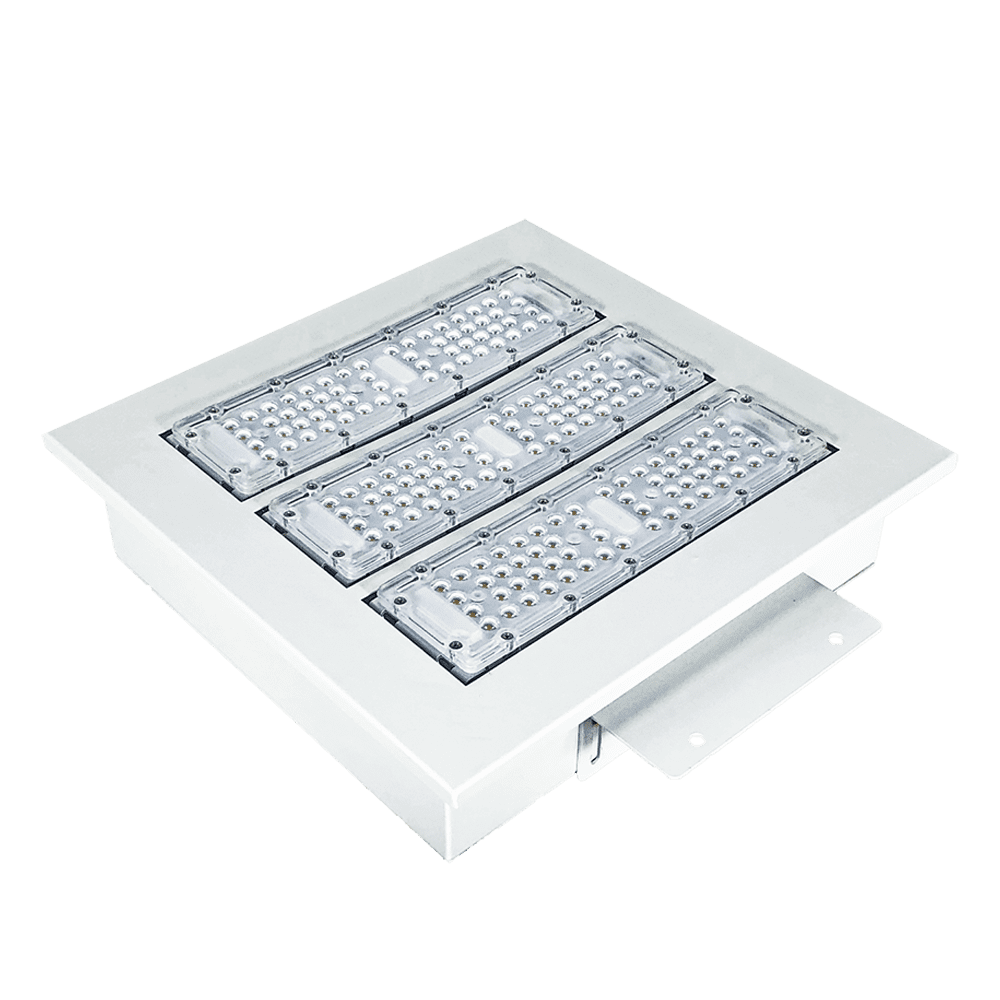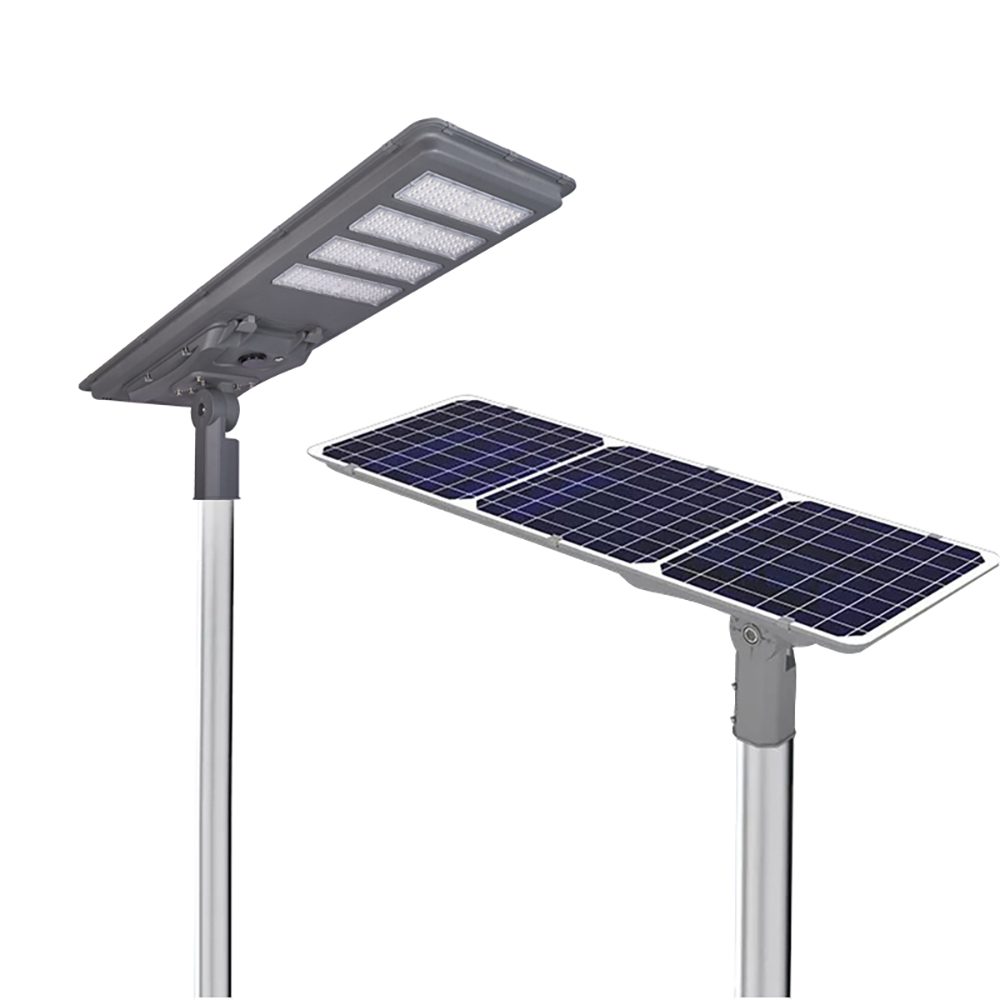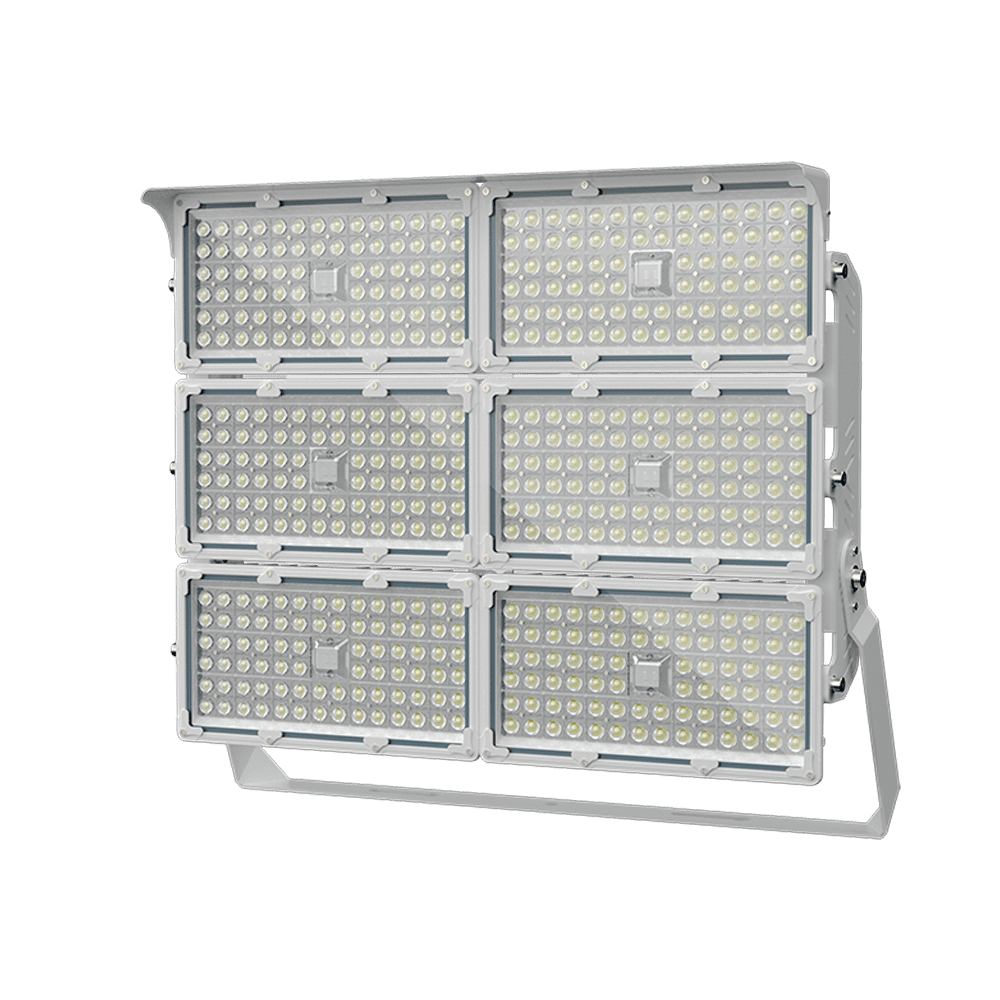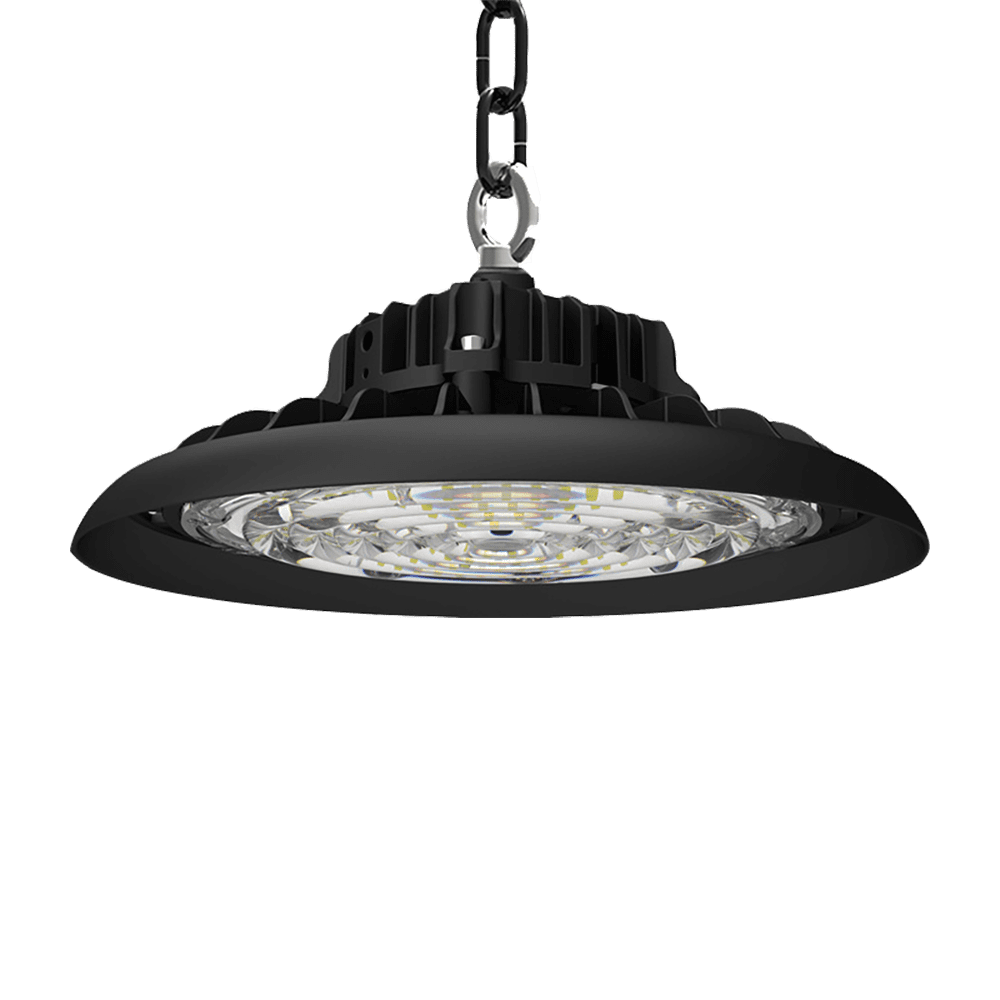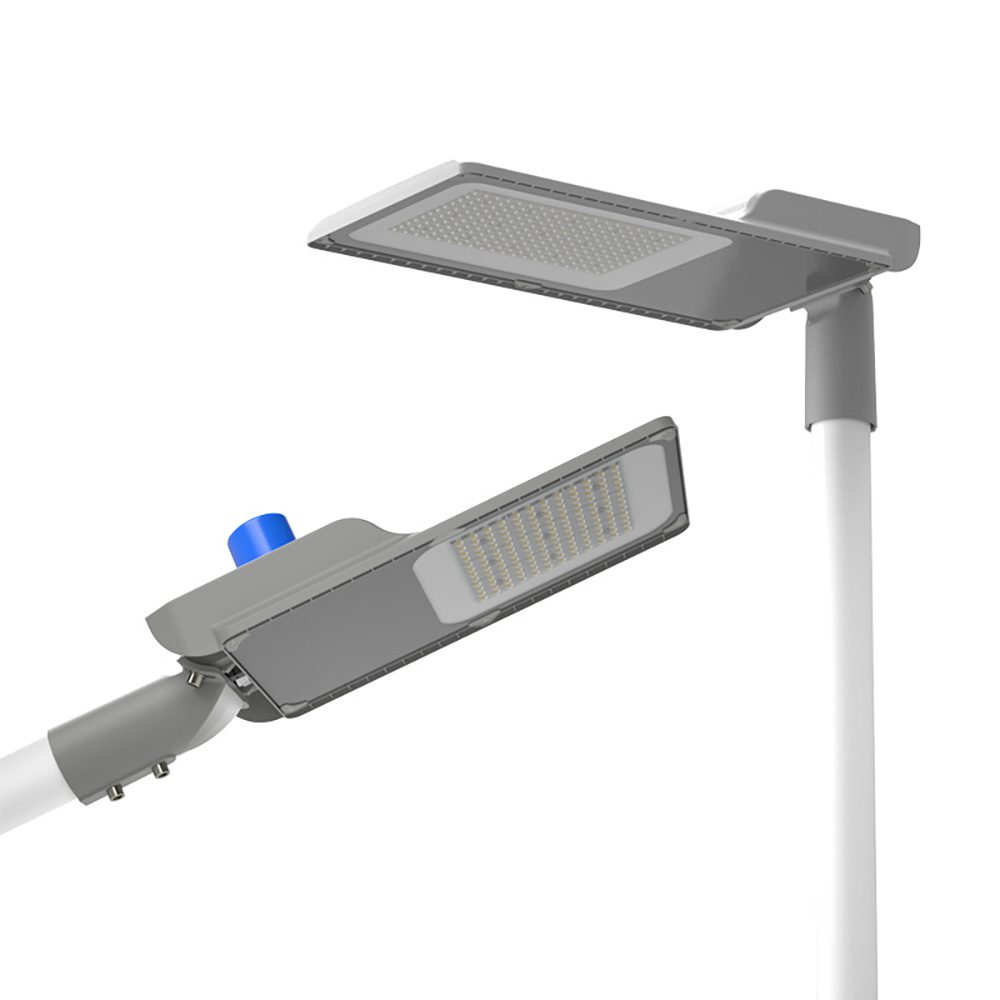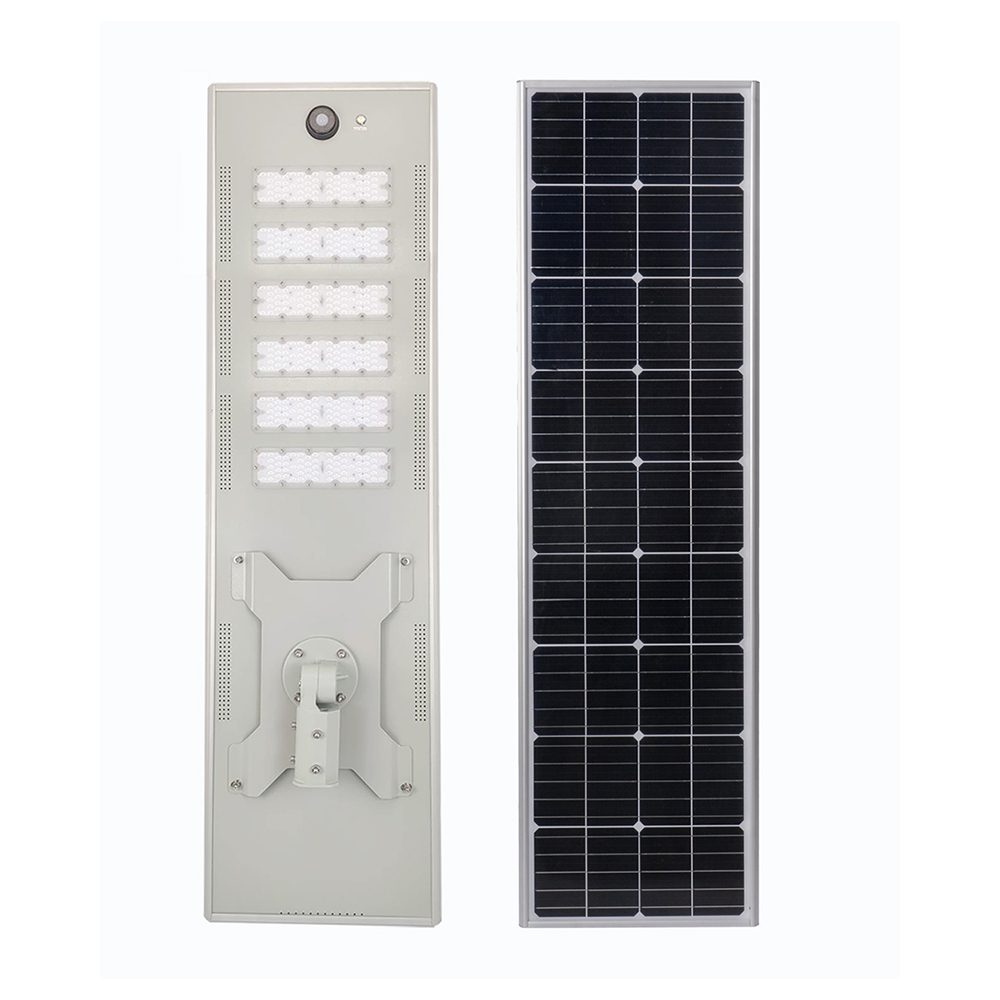With the rapid development of renewable energy, solar garden lights have gradually gained popularity as an eco-friendly and efficient lighting solution. This article explores the advantages, working principles, and how to choose the right solar garden lights.
How Solar Garden Lights Work
Solar garden lights use solar panels to convert sunlight into electrical energy, which is stored in an internal battery. At night, the lights automatically turn on, converting the stored energy into light to illuminate gardens, yards, or walkways. This self-sufficient energy model not only avoids electricity consumption but also reduces reliance on traditional energy sources.
Advantages of Solar Garden Lights
1.Eco-Friendly and Energy Efficient
The most significant advantage of solar garden lights is their environmental benefits. By using solar energy, they produce no carbon dioxide or other greenhouse gases, helping to mitigate global warming. Additionally, the operating cost of solar lights is nearly zero; users only need to make an initial investment with no subsequent electricity bills.
2.Safety and Convenience
Solar garden lights typically use LED light sources, which have a long lifespan and low power consumption. Their wireless design simplifies the installation process, eliminating the need for complex wiring. Users can freely choose the placement of the lights according to their needs, offering great flexibility.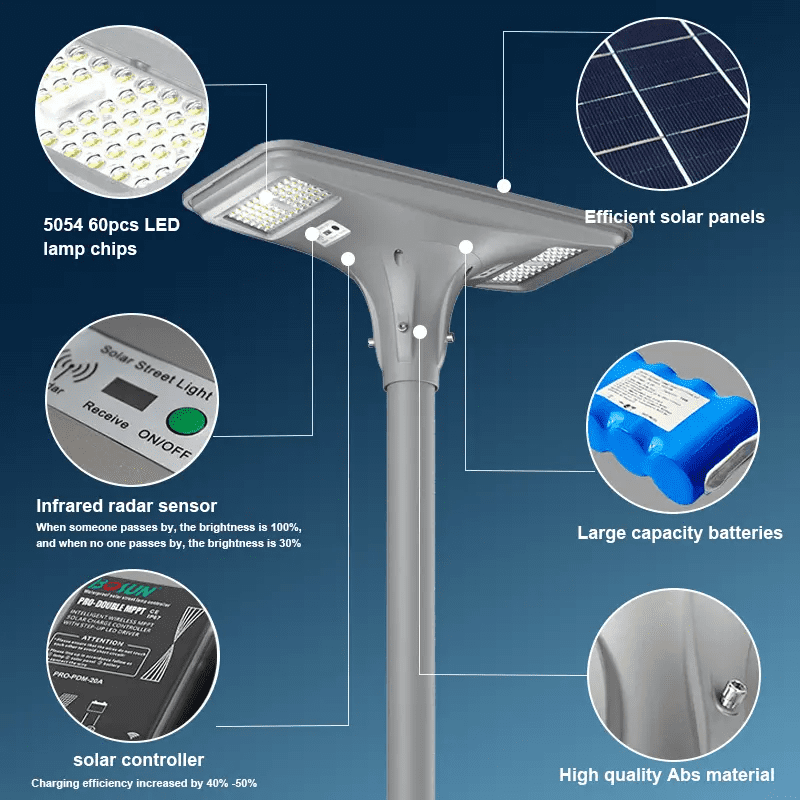
3.Automation and Smart Features
Modern solar garden lights are equipped with light sensors and motion detectors, allowing them to automatically turn on or off based on ambient light conditions or to illuminate when motion is detected. This intelligent design enhances convenience and significantly improves safety.
How to Choose the Right Solar Garden Lights
When selecting solar garden lights, consumers should consider the following factors:
.1.Brightness
Brightness is usually measured in lumens (lm), and users should choose the appropriate brightness based on their actual needs. Generally, 100 lumens is suitable for small areas, while 300 lumens or more is better for larger gardens.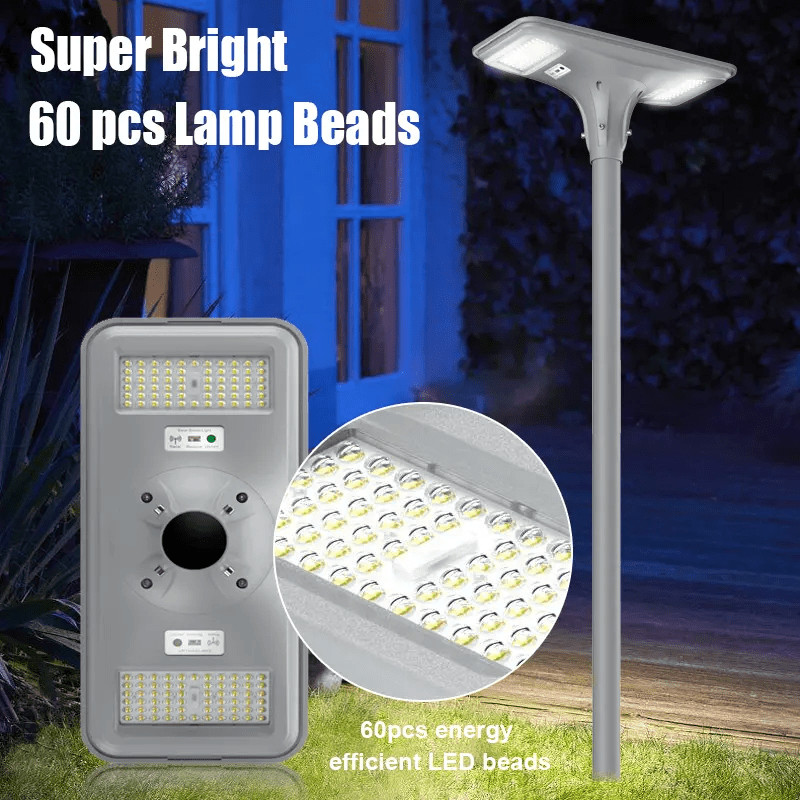
2.Battery Capacity
The capacity of the battery directly affects the working time of the lights. Choosing products with larger battery capacities ensures that the lights can operate normally even in overcast weather.
3.Material and Durability
The material of solar garden lights impacts their durability and weather resistance. Lights made from aluminum, plastic, or stainless steel generally offer better weather resistance, making them suitable for outdoor use.
4.Design and Style
The market offers various styles of solar garden lights, from classic cylindrical shapes to modern minimalist designs. Consumers can choose lights that complement their garden style, enhancing overall aesthetics.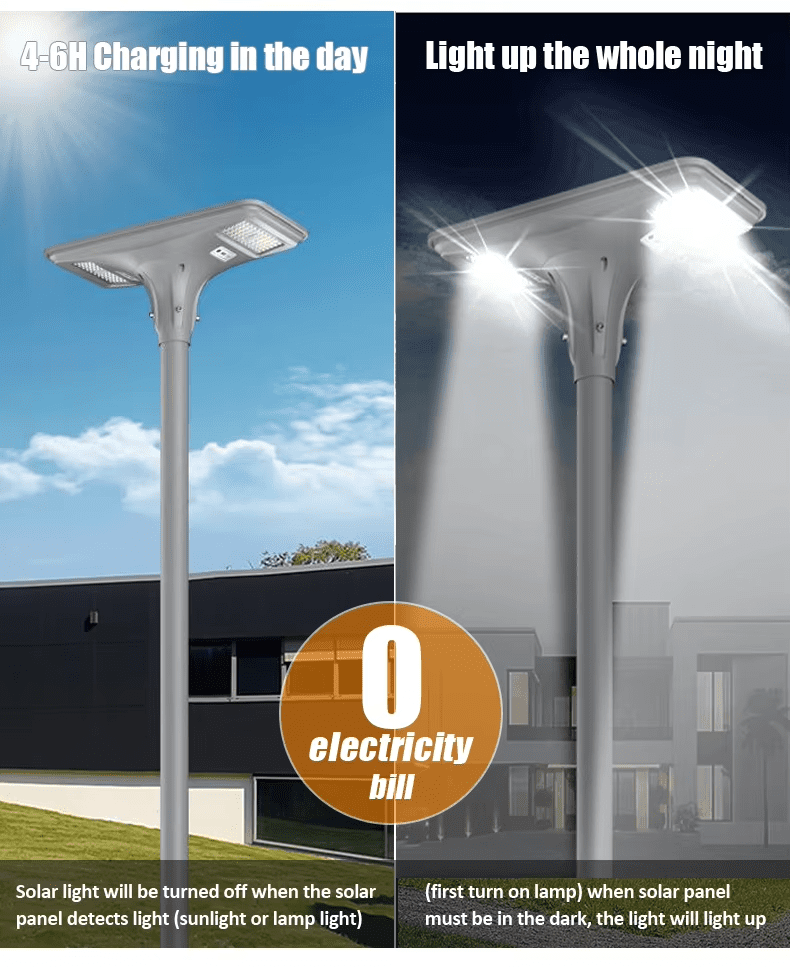
Conclusion
Solar garden lights are not just a lighting solution; they represent an important step toward promoting a green lifestyle. With continuous technological advancements, the performance and designs of solar garden lights will become increasingly diverse. We look forward to seeing more households choose this eco-friendly product in the future, adding warmth and safety to our lives. Choose solar garden lights, and let us move toward a sustainable tomorrow together.

